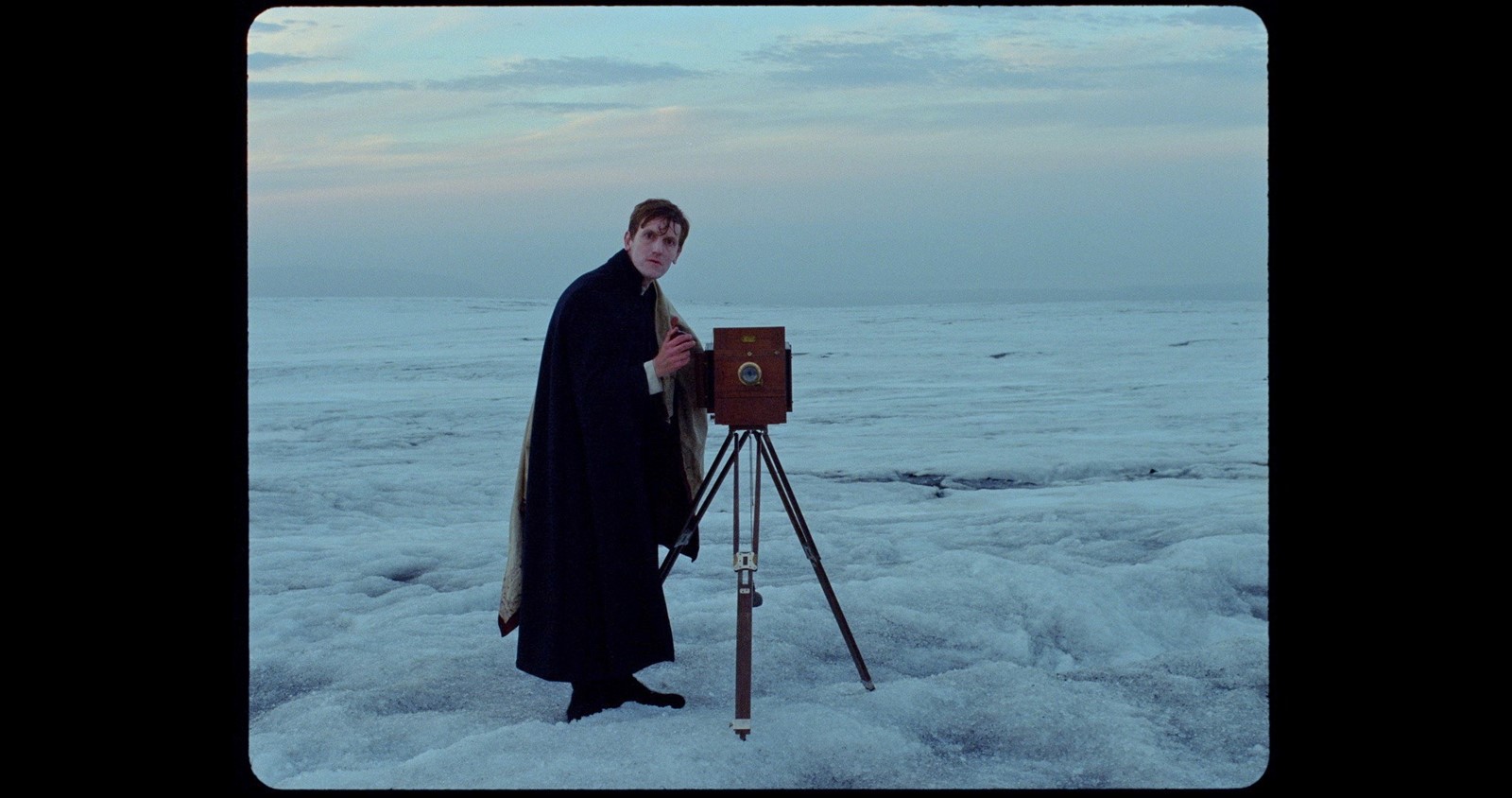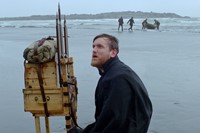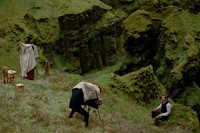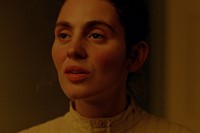When I spoke to Hlynur Pálmason in 2019 for A White, White Day, the Icelandic filmmaker made a puzzling remark: he’d already started shooting his follow-up feature even though it wouldn’t be in production for at least another year. Now with the release of Godland, it all makes sense: within Pálmason’s stunning third film are time-lapse montages captured over months, if not years, each requiring precision in both the camera placement and artistic vision.
Godland, then, is a transcendent epic with its own distinct rhythm. Shot as if Pálmason somehow travelled back in time, the 19th-century period-drama presents Iceland as a perilous territory that only the bold, or perhaps foolish, choose to inhabit. One of them is Lucas (Elliott Crosset Hove), a visiting Danish priest who treks amidst hellish conditions in order to build a church. On the way, not all of Lucas’ companions survive; once there, he faces an active volcano, murderous locals, and the kind of weather that explains why it’s named Iceland. As a viewer, you wonder: who would actually want to live here?
Pálmason, in fact, resides in Iceland, albeit in the 21st-century version. Still, at the London Film Festival, in Curzon’s offices, the 38-year-old director admits he was almost unable to fly over: a day after he left, all planes were halted due to a storm. “In 1870, at least 40% of the population moved from Iceland to America and Canada because the hard winters were unbearable,” he says. “Every day, I check the weather. If I see there’s going to be a crazy storm on Friday, I go, ‘On Friday, I’m going to film the crazy weather for a scene or art installation.’” And if it’s sunny, that’s for a romcom? “If it’s sunny, that’s for hiking!”
Though there are love affairs and bleak gags scattered throughout Pálmason’s filmography, he doesn’t exactly do romcoms. The acclaimed writer-director – a festival darling – won prizes in 2017 for Winter Brothers, an experimental, Denmark-set drama about emotionally immature siblings. For A White, White Day, the theme of toxic masculinity continued with a vengeful widower in Iceland (he lives in Pálmason’s actual house) who investigates his late wife’s secret affair. In both features, Pálmason hinted at his cinematic gifts: the ability to hold on to a haunting image, suffuse it with unspoken emotion, and steer the viewer in unexpected directions. With Godland, he outdoes himself once more.
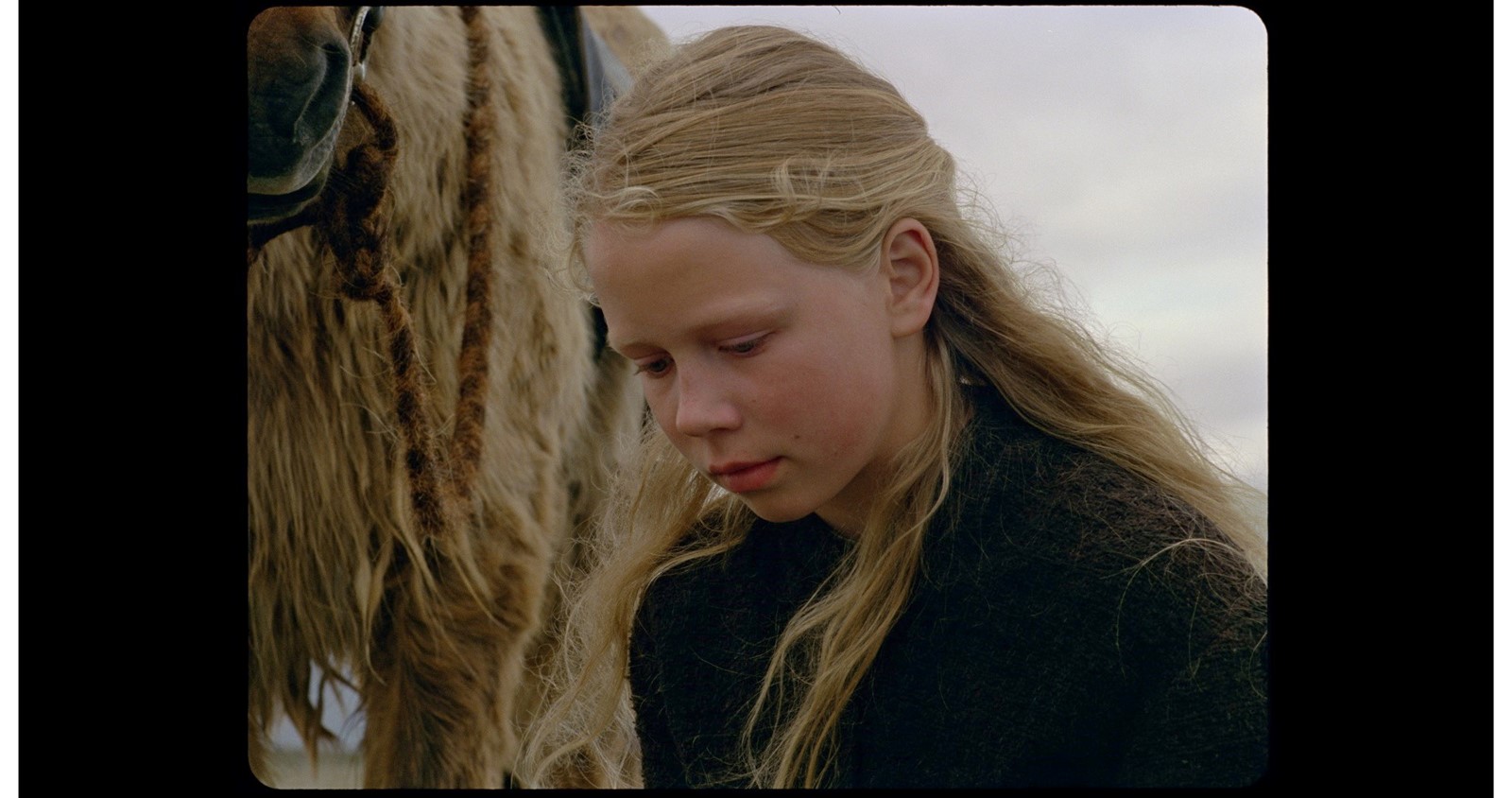
A decade in the making, Godland went through various drafts, including a version from 2014 that just didn’t click. “It had the form but not the beating heart,” Pálmason says. “Without a beating heart, it’s boring.” Creating the time-lapse montages formed part of his writing method. One involves a dead horse that, in the snow, decays until it’s a mere skeleton; a few frames later, the bones are overshadowed by the tall, green grass of summer.
“I began shooting long before we got financing. If I film a little bit, record some sound, go to the location, and meet people, the material emerges naturally. I’m better at reacting than creating from scratch. I never sit down to write if I’m not already bursting with ideas.” I spot a notebook on the table. Does he carry it everywhere? “Yes. Even on my phone, I’ve been recording sounds and ideas since 2013 for Godland.”
During the opening credits, an onscreen text announces that the earliest documentation of Iceland’s southeast coast was seven wet-plate photographs taken by a Danish priest in the 19th century; we’re told that these images, apparently discovered in a wooden box, inspired the film. At Cannes, publications such as The Hollywood Reporter in their heavy praise (it was possibly the festival’s best-reviewed film) repeated the statement as if it was a stone-cold fact. However, like Fargo’s prelude, it’s completely fictional.
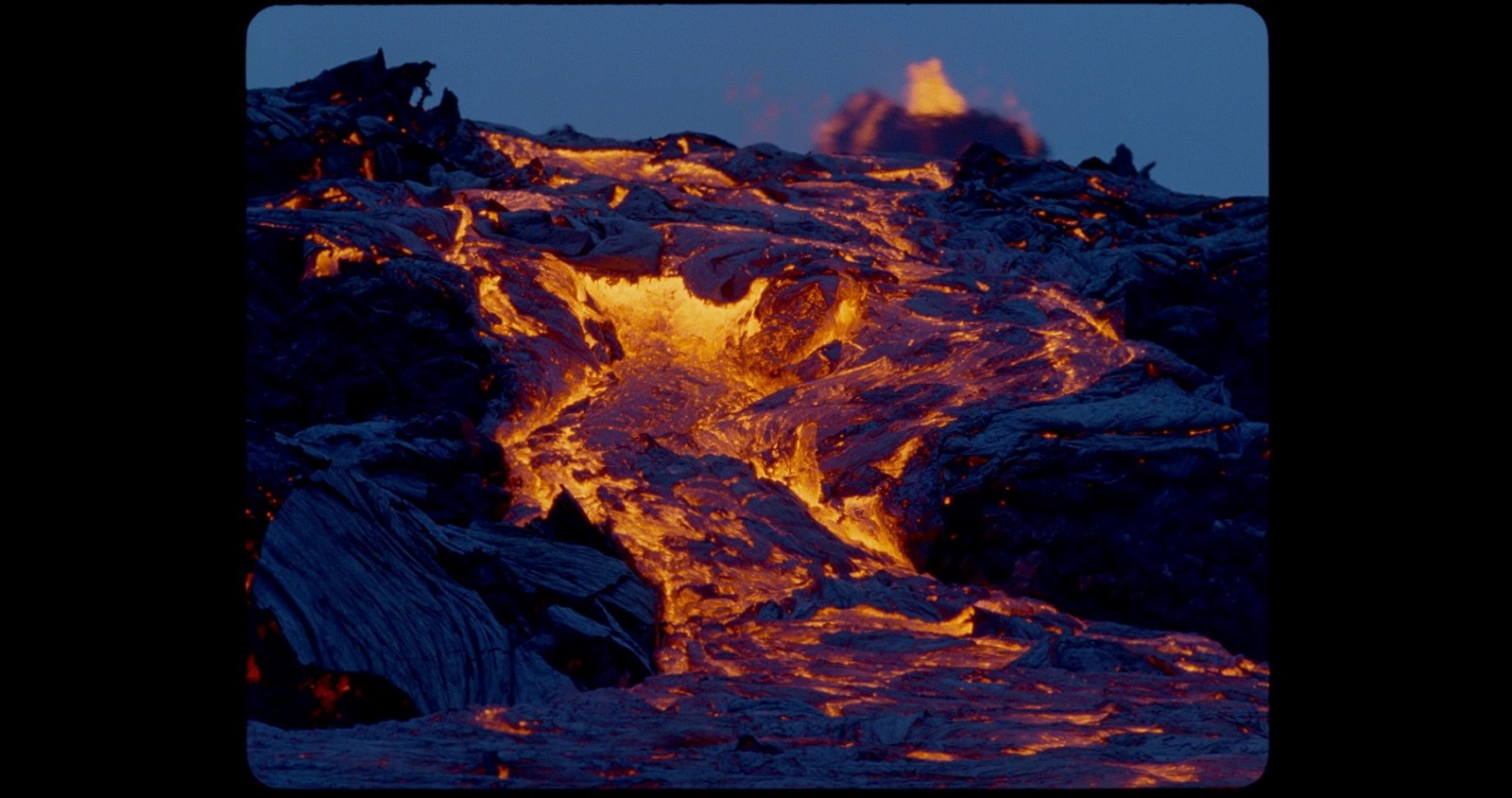
“I struggled with the script for a long time,” Pálmason explains. “It felt boring and stiff. Then I had an epiphany: I saw the priest carrying a camera. I started thinking: what photos did he take on his travels? I imagined going through his box of negatives. Who did he photograph? If he took a photograph of a girl, was it an intimate situation, or were there people around?” A fellow filmmaker advised Pálmason not to reveal that the original photos never existed. “But my films are so personal. I just felt I needed to tell the truth.” I comment that the reviewers from Cannes should probably add a correction. “I know, I know …”
With his camera, Lucas attempts to capture something invisible and unknowable in the sparse landscapes and intimate hideouts. It could be poetry, an aesthetically pleasing snapshot – or perhaps a higher power. I carefully broach the subject of Pálmason’s religious background. “I was brought up with the Lutheran Church, but it’s not something I use in my life in any way.” He drops in an Icelandic word that refers to a child’s belief. “I’ve read the Bible. I’m interested in religion, but I don’t lean into it emotionally for anything. When writing it, I couldn’t connect to the priest until he had a camera.” He adds, “What’s the opposite of religion? Is it nature? The film plays with that. I don’t think it portrays either in a bad or positive way. Everyone should have their own opinion.”
As with the time-lapse montages, the vistas captured on 35mm and the sequences of Lucas constructing the church are welcome antidotes to today’s straight-to-Netflix digital aesthetic. When the priest slips in the mud or staggers from exhaustion, you’re unsure if it’s scripted or the actor enduring a terrible day. “I love seeing paintings where you can feel the struggle of someone trying to make it work. I love seeing someone’s fingerprints. It’s what makes the art personal and human.”
In the director’s previous features, the protagonists also constructed works of architecture. “I’m obsessed with building things,” he says. “Maybe it’s just a period of my life. Right now, I’m building a small guesthouse for my editor [Julius Krebs Damsbo] so that when he comes, he has a place to stay.” Pálmason and Damsbo spent six months on the edit of Godland, calibrating its pace. “Compared to what you see today on streaming, it’s slower. But I don’t see my films as being slow. They’re fluid. There’s always something happening or moving, almost like a river.”
Continuing the pattern, Pálmason informs me that he’s already shooting footage for his next few features. Winter Brothers, A White, White Day, and Godland were all conceived at the same point; now he’s plotting another thematic trilogy. “It depends on when they get financed, but I’m going to be filming every week for the next three years, hopefully. I’m still interested in the seasons changing.”
Godland is in UK cinemas and exclusively on Curzon Home Cinema on April 7.
